“빅4 네트워크 재송신료에 ‘30% 상한’ 도입”…美 FCC 심밍턴 커미셔너, 전격 제안
트럼프 소송·네트워크 독점 논란 얽힌 미국 방송계, 재송신료 갈등 전면 부상
스트리밍 시대, 미국 방송산업의 ‘재송신료(Retransmission Consent Fee)’ 구조가 다시 한번 격렬한 논란의 중심에 섰다. 연방통신위원회(FCC) 내부에서 “빅4 네트워크(Network ABC·NBC·CBS·FOX)가 지역 방송국(affiliate)으로부터 가져가는 몫을 30%로 제한하자”는 제안이 나온 것이다.
이 제안을 주도한 인물은 도널드 트럼프 전 대통령이 임명한 네이선 심밍턴(Nathan Simington) FCC 커미셔너와 그의 신임 비서실장 개빈 왁스(Gavin Wax). “가짜뉴스를 타격하고 지역 저널리즘을 보호하기 위한 조치”라는 이들의 주장은, 트럼프 전 대통령과 CBS 간 진행 중인 소송 및 파라마운트·컴캐스트 등 미디어 공룡들이 얽힌 거대 갈등과 맞물려 미국 미디어 생태계를 출렁이게 하고 있다. 결국 트럼프 대통령에 비우호적인 전국 단위 네트워크 방송을 규제하겠다는 의중이 깔려있다는 것이다.
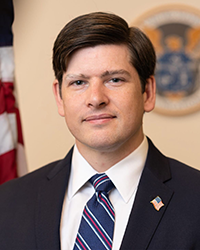
“Proposed 30% Cap on ‘Reverse Retrans Fees’ Sparks Fierce Debate in U.S. Broadcast Industry
Trump Lawsuit, Network Dominance, and Local Journalism at the Center of a Growing Controversy
Amid the streaming era and intensifying battles over U.S. broadcast retransmission fees, FCC Commissioner Nathan Simington—appointed by former President Donald Trump—and his Chief of Staff Gavin Wax have floated an unprecedented proposal: Limit Big Four TV networks (ABC, NBC, CBS, Fox) to collecting no more than 30% of the retrans fees that local affiliates receive.
Ostensibly aimed at curbing what the proponents label “fake news” and protecting local journalism, the plan has sent shockwaves through the American media ecosystem. Observers note that Trump’s ongoing lawsuit against CBS may be fueling the push to “financially rein in” national networks seen as hostile to the former president.
■ 미국 TV 재송신료 구조: 왜 문제가 되나?
미국 지상파 TV 방송국(지역국, affiliate)은 케이블·위성 등 유료방송으로부터 재송신 동의료(재송신료, Retransmission Consent Fee)를 받는다. 지역방송국이 “우리 채널을 재송신하려면, 일정 금액을 지불해라”고 협상하는 구조다. 과거에는 지역방송국이 이 수익 대부분을 자체적으로 활용해왔으나, 최근 10년 사이 네트워크 본사(ABC·NBC·CBS·FOX)로 역송금(Reverse Retransmission Fee, 이하 리버스 재트랜스) 하는 비중이 급증했다.
S&P Global에 따르면, 2024~2025년 기준 지역방송국이 케이블·위성·스트리밍 등에서 받는 재송신료 중 평균 52%가 네트워크 본사로 넘어갈 전망이다. 일부 지역국은 “네트워크가 전체 재송신료의 100% 이상을 요구하기도 한다”고 토로한다. 이 같은 ‘역송금’ 증가 추세에 대해, 지역방송업계는 “정작 로컬 뉴스나 지역 프로그램에 투자할 재원이 고갈된다”며 반발해왔다.
더 큰 문제는 요즘 시청자들이 Hulu+ Live, YouTube TV 같은 스트리밍(온라인 유료방송)으로 TV를 보는데,
이때 네트워크 본사가 지역 방송국 대신 스트리밍 사업자와 직접 계약·협상을 한다. 이 과정에서 지역 방송국은 자신이 스트리밍에서 얼마를 받는지, 혹은 아예 돈을 못 받는지 결정권이 전혀 없다.
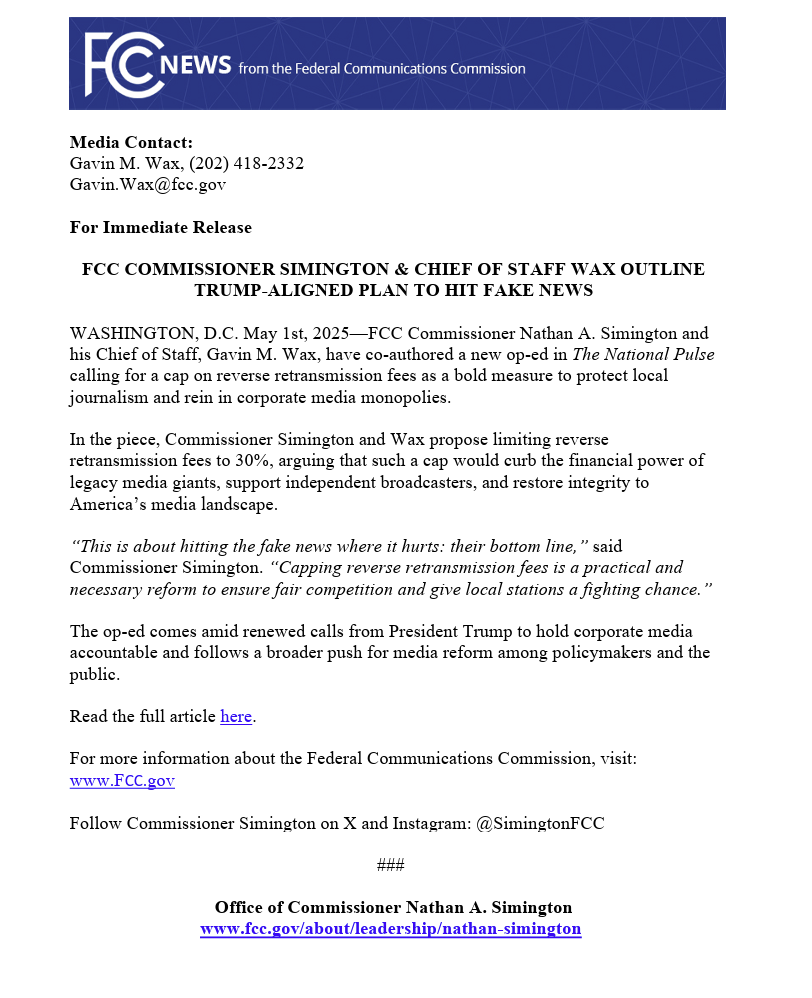
1. Background: Retransmission Fees & “Reverse Retrans”
In the United States, local broadcast stations (affiliates) traditionally collect Retransmission Consent Fees from pay-TV operators such as cable, satellite, and streaming services (Hulu + Live TV, YouTube TV, etc.). Over the past decade, though, a rising share of that revenue—commonly called Reverse Retrans—flows back to the corporate parents of the Big Four networks (ABC/Disney, NBC/Comcast, CBS/Paramount, and Fox Corp.).
S&P Global estimates that in 2024–2025, local stations will, on average, remit roughly 52% of their gross retransmission revenues to these national networks.
Some local broadcasters complain that the networks demand “upwards of 100%” of certain revenue streams, which they say siphons money away from local news and community-based programming.
Further complicating matters, streaming pay-TV platforms often negotiate directly with the networks themselves, leaving local affiliates with little or no voice in determining how much compensation—if any—they actually receive from online bundles like Hulu + Live TV or YouTube TV.
■ 심밍턴·왁스 제안: “네트워크 몫 30% 제한”
이런 상황에서 연방통신위원회(FCC) 네이선 심밍턴 커미셔너와 비서실장 개빈 왁스가 지난주 강경한 논평을 내놓았다.
30% 상한 도입
지역방송국이 받는 재송신료 중 네트워크 본사가 가져갈 수 있는 몫을 30%로 제한. 즉, 역송금(리버스 재트랜스)을 30%를 초과할 수 없게 하자는 것이다.

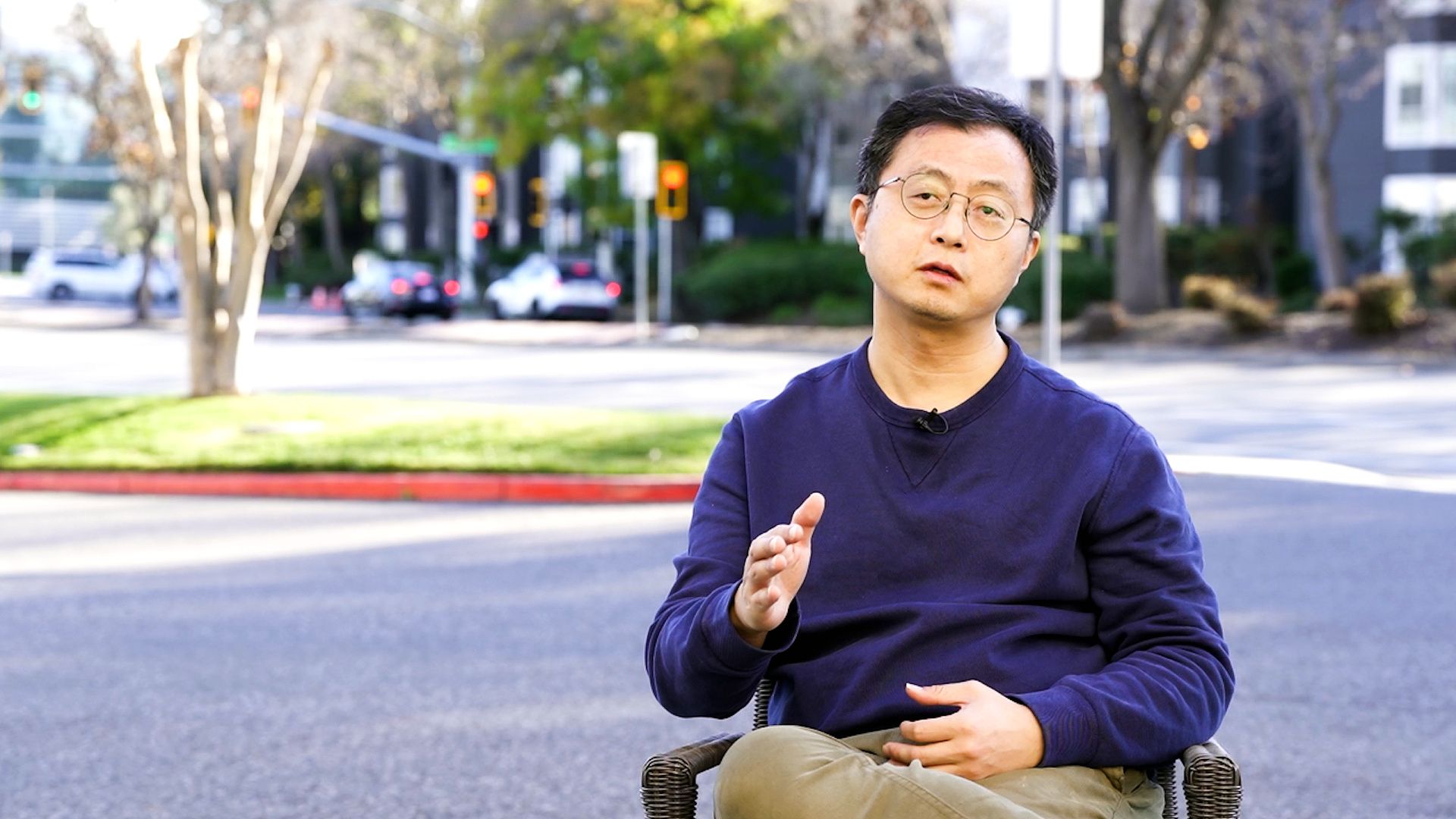
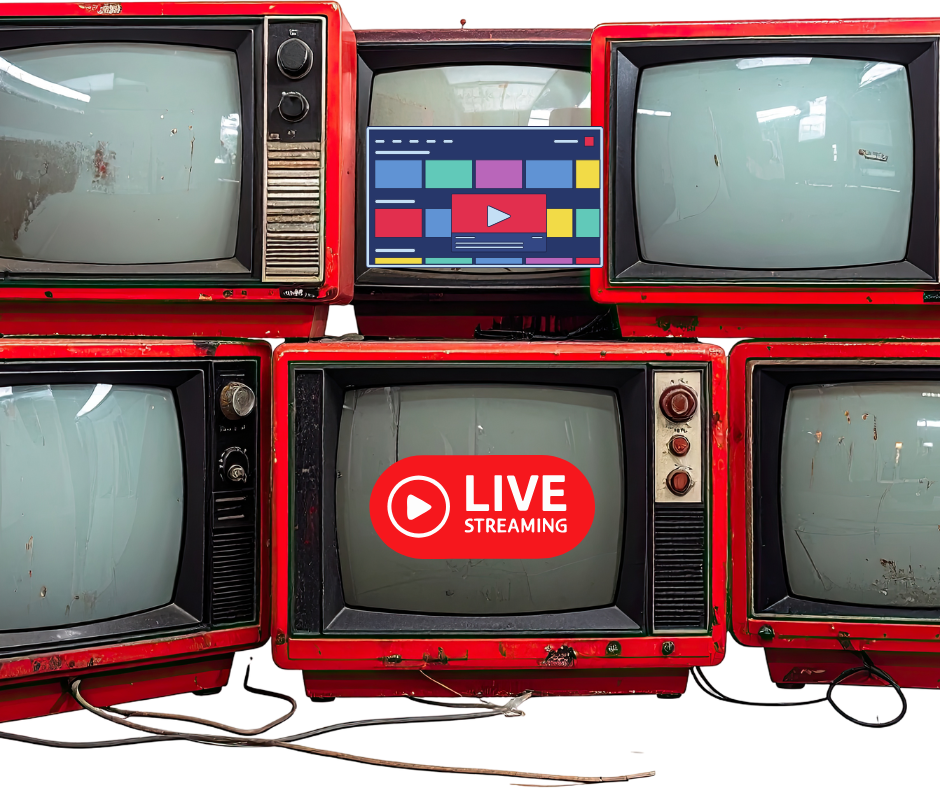
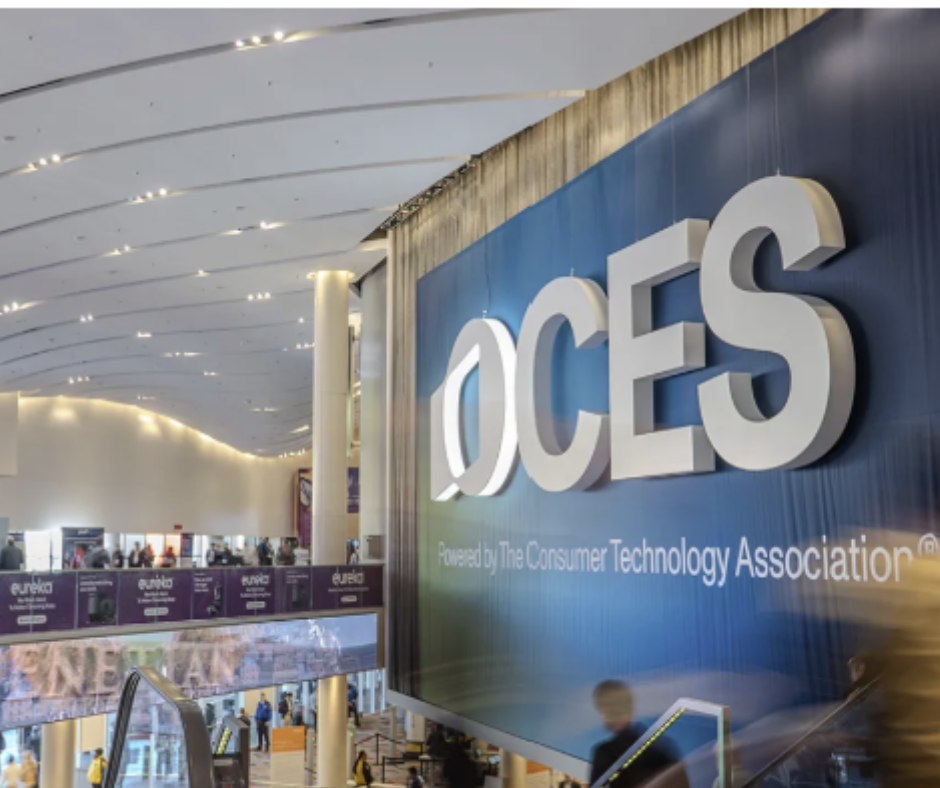
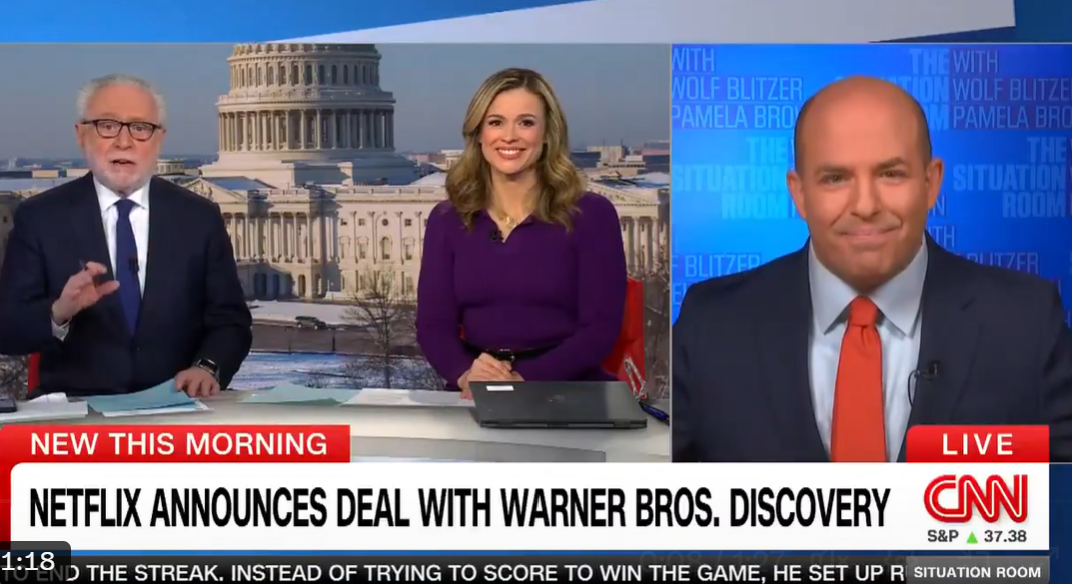

![[보고서]디즈니의 IP 플라이휠, 1957년 메모에서 시작된 100년 전략](https://cdn.media.bluedot.so/bluedot.kentertechhub/2025/12/vtekpo_202512140501.png)
![[리포트]글로벌 스트리밍 대전환과 FAST 시장의 부상](https://cdn.media.bluedot.so/bluedot.kentertechhub/2025/12/7jw8up_202512120304.png)
![[보고서]K-콘텐츠, 몰입형 공간 새로운 경험](https://cdn.media.bluedot.so/bluedot.kentertechhub/2025/12/je15hi_202512061434.png)



![[K콘텐츠와 K FAST]](https://cdn.media.bluedot.so/bluedot.kentertechhub/2025/11/zxwbgb_202511241038.jpg)
![[모집]1월 9일~14일 글로벌 AI 스템 캠프(자료집)](https://cdn.media.bluedot.so/bluedot.kentertechhub/2025/11/3kf0x5_202511031830.png)
![[MIPCOM2025]글로벌 엔터테인먼트 트렌드](https://cdn.media.bluedot.so/bluedot.kentertechhub/2025/10/duxlsp_202510170000.png)
![[보고서]생성AI와 애니메이션](https://cdn.media.bluedot.so/bluedot.kentertechhub/2025/09/c49fxu_202509271057.png)